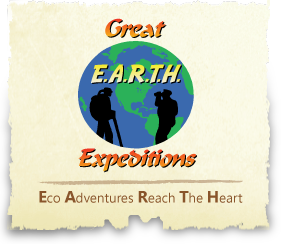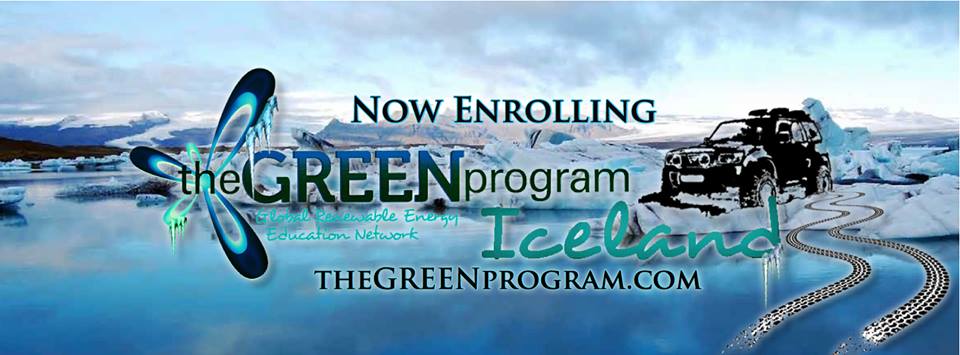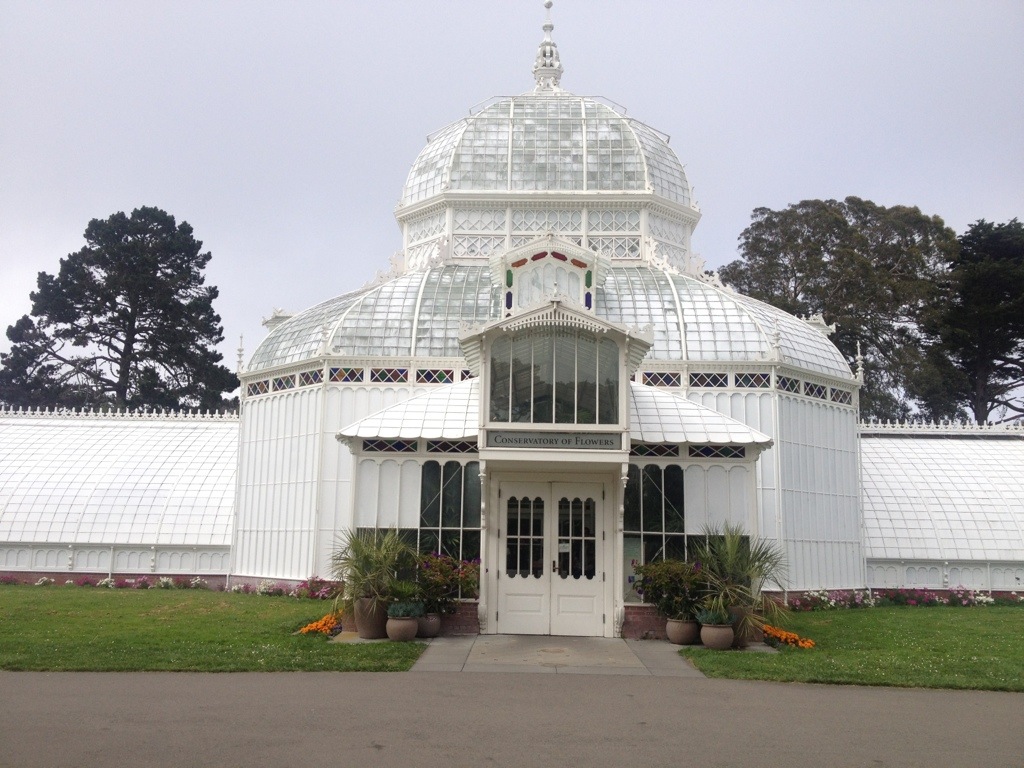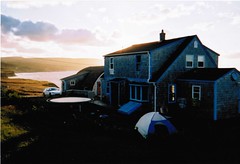For the love of nature!
Though founder Ryan Barry and his team admit profits were not at the forefront of their decision-making process in launching the Halifax, Nova Scotia-based eco-tourism start-up, Great EARTH Expeditions, they can all agree that continuing their efforts is no waste of their time. In fact, according to Ryan, they believe that the best way to get the community to minimize its wasteful impact on the environment is “through education and appreciation for what lays in nature.” So what better alternative exists than to press onward? Live Green Be Green says, “None!”
So, Eco-Tourism?
Yes. Being that eco-tourism is marginally about uniting community and conservation in sustainable travel, Great EARTH Expeditions promises well-planned, exciting and educational adventures through some of Canada’s most beautifully raw countryside. Great EARTH Expeditions‘ guides plunge participants straight into the wonders of nature, from the forest floor to the Canadian coastlines, all the while encouraging in them an elevated appreciation for the surrounding fauna and foliage.
Is all of this an effective approach, you ask? Great EARTH Expeditions believes so.
When you suddenly educate people on things that exist in nature that [people] would not regularly think about in their daily lives, they suddenly look at these precious things and relate it to their own lives and what impact it could have for the future of their children[…] It’s then that people start to begin practices in their daily lives to live greener. Education is powerful! —Ryan Barry, Owner/Operator
Works Apart From Great EARTH Expeditions
Live Green Be Green could not agree more with Ryan’s notion, as it ties into the core value upon which we were founded — the simple sharing of knowledge. Speaking to that a bit further, we delve into the current endeavors Great EARTH Expeditions has outside of its green tourism operations. How can it leverage its voice to influence change?
“Through our social media,” explains Ryan, Great EARTH Expeditions stays “connected with various government organizations […] working to help conserve both fragile landscapes in Nova Scotia and at-risk wildlife species in Canada.” With 18,000+ followers across its range of platforms, Great EARTH Expeditions constantly shares updates on ways to help these governmental efforts. Barry and team hope to one day attain their aspirations of contributing to such efforts through direct involvement in these government initiatives.
I would like to see Canada make well thought out decisions when tapping into our natural resources. It’s no secret that Canada has a vast range of natural resources, but when extracting these resources — whether it be our forests or natural gas — there must be strategic plans in place to lessen the impact on the earth for not only this generation but the next. —Ryan Barry, Owner/Operator
Ryan and his team believe we are beginning to think more along these long-term lines, especially after having witnessed the devastating impacts of improper and irresponsible practices in countries all over the world in recent years. (Think about the Chilean Mining fiasco, the BP Oil Drilling debacle, etc.) The resulting negative impacts of such events have proven to be difficult to correct, at best.
It is well known and understood that the Mother Nature’s climate is not the only one at play. Great EARTH Expeditions is striving towards raising sensitivity to its host nation’s political, environmental and social climate in the work it continues to do. The group at Great EARTH Expeditions believes, as we at Live Green Be Green believe, that every small difference matters. Here’s to a brighter tomorrow.
Has your interest peaked yet?
Be sure to check out Great EARTH Expeditions‘ new webseries, launched earlier this year, to catch some of the amazing footage capturable on their outings!
Here’s Episode 1: Bay of Fundy Pirates, Waterfalls & Sea Caves









